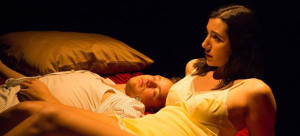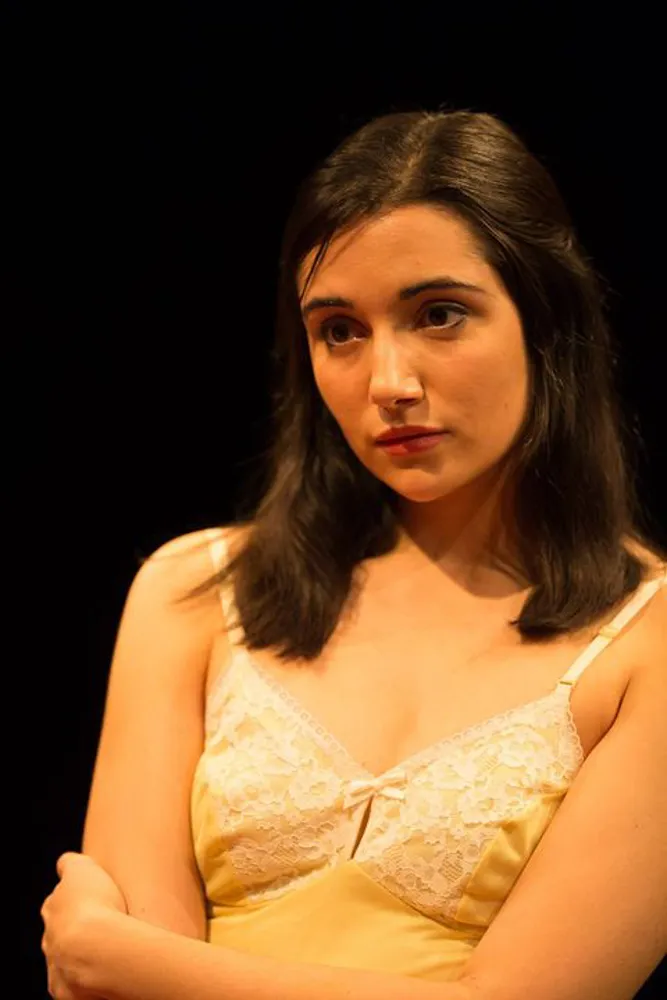
For her senior project for Stanford Theater and Performance Studies (TAPS), producer and actress Safiya Nygaard ’14 chose to take on “Cat on a Hot Tin Roof,“ Tennessee Williams’ most famous work. The production, directed by Michael Hunter Ph.D. ’13 and put on by the Stanford Theater Laboratory in conjunction with the Department of Theater & Performance Studies, provides a good, if sometimes uneven, introduction to the classic.
“Cat on a Hot Tin Roof” tells the story of the Pollitt family, which has gathered for the birthday of the patriarch, Big Daddy (James Everett ’13), on his 28,000-acre Mississippi plantation. Big Daddy is dying of cancer, though he and his wife have been misled as to the results of medical tests and thus have a more optimistic outlook. Brick (Max Walker-Silverman ’15), the younger son, and his wife, Maggie (Nygaard), center the play, as Williams examines complicated family dynamics and the despair and tenacity of living life in American society. The play explores complicated, rich themes through this family at a critical point, drawing out into the open their lies, deceit, sexual tensions, love, avarice and fear.
The play is an actors’ showcase: the action takes place in one room, focusing the audience’s attention on the characters, their relationships, and most of all, language. While the 1950s set by Katy Ferron ’14— complete with a large bed smack in the middle of the space and an old television set playing Disney cartoons that feature plenty of deceit and tricks— is beautiful in its detail, “Cat on a Hot Tin Roof” hinges instead on what the director calls “an incredible lightness of language.” Williams spins poetry of the American vernacular. Lines like “smother her in minks and choke her with diamonds” are rich and playful: a portrait of ownership and desperation but also a zest for life in a few key phrases.
The focus on language and talking to conceal and reveal provides an incredible opportunity but also a great burden for the actors, who despite some unevenness rise to the occasion. When the play kicked off, the actors seemed occasionally overwhelmed by all that they had been asked to juggle. Accents sometimes slipped, and it felt as if the actors were rushing to get through their lines. As the play progressed, however, the actors appeared to relax and feel more comfortable in their skins. They allowed the lines to unfold slowly, settling into the cadences of Williams’ lines and their Southern drawls.
As the actors lost self-consciousness, the characters came to life. The audience consequently became more invested in their relationships and conversations, and the second and third acts were engrossing as we watch old relationships unravel and new ones forged.
The actors did best when playing out confrontational moments with one another; Big Mama (Raine Hoover ’11)’s attempts to reclaim her old position as the ground shifts beneath her feet are particularly affectingly played. Moreover, Alison Valentine ’16 as Mae is perfectly cast and fully inhabits her character, while Nygaard does a fine job with a difficult role.
Contact Elizabeth Fair at enfair “at” stanford.edu.
